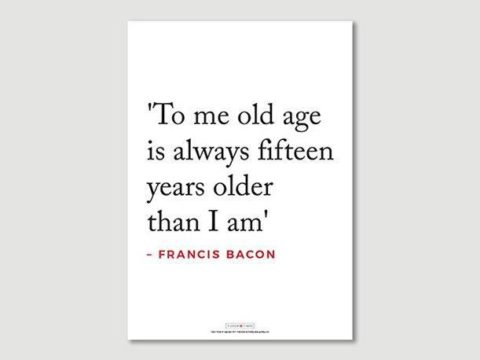Thomas Howard, 2nd Duke of Norfolk: Life Story
Chapter 12 : Last Years
Despite his advancing years, Norfolk’s political life was not yet over. In 1521, he was appointed as Lord High Steward at the trial of Edward Stafford, 3rd Duke of Buckingham. He had known Buckingham for all the latter’s life. Buckingham’s great-grandfather and grandfather (more or less Norfolk’s contemporary) had both died for Lancaster, whilst his father had been reconciled to York, and had been one of Richard III’s greatest supporters until the rebellion of 1483 that Norfolk had helped to quash. The 3rd duke had lived with all the magnificence of a great feudal magnate, and was one of the few men whom Norfolk would have recognised as his superior.
In 1513, Norfolk’s son, Surrey, had married Buckingham’s daughter, and the two dukes shared a healthy contempt for the ‘new men’ of Henry’s court, such as Suffolk and Wolsey.
Nevertheless, when Buckingham was accused of treason, Norfolk had no option but to follow the king’s command and conduct the trial. The duke was found guilty, and Norfolk pronounced the death sentence, tears running down his face. He later received some of Buckingham’s manors – although whether he felt it was a fair exchange for the life of his friend, may be doubted.
Finally spent, Norfolk withdrew from public life the year after Buckingham’s execution. On 4 December 1522, he resigned the office of Lord Treasurer, which was then conferred on Surrey, although he did retain the post of Earl Marshal. After attending the opening of Parliament in May 1523, he retired to his great castle at Framlingham, where he died on 21 May 1524.
He had made his will in 1520, and had arranged the elaborate ritual he wanted for his funeral. The chief mourner was his son Lord William, born of his second wife, as Surrey was absent on military business in the Scottish borders. His embalmed body lay in state before the altar in the chapel at Framlingham for a month, whilst three masses were sung daily for his soul. Twenty-eight men of his household kept watch each night.
On 22nd June, the funeral procession made its way to Thetford, stopping overnight at Diss, where it was met by the Bishop of Norwich and the new duke, who took over as chief mourner from Lord William. The hearse was attended by six gentlemen, and followed by 400 hooded mourners carrying torches. The duke’s Chamberlain and Master of the Horse followed, the latter leading a horse trapped with cloth-of-gold and the duke’s arms. Another five hundred mourners brought up the rear.
Finally, on 24th June, the funeral took place in the Cluniac priory, Thetford. The funeral Mass conducted by Dr Nicholas West, Bishop of Ely. In true chivalric style, a mounted horseman entered, bearing Norfolk’s own battle-axe, which was laid on the altar. The knight was accompanied by one of the king’s heralds – Carlisle Herald, who, after the funeral oration (on the text ‘behold the Lion of the Tribe of Judah has triumphed’) and the ceremonial breaking of the staves of the household offices cried ‘Of your charity, pray for the right noble and mighty prince, Thomas, Duke of Norfolk, Marshal of England and late Treasurer of the same; Counsellor to the King, our Sovereign Lord, Knight Companion of the Garter.’
It was a fitting funeral for a man who had served each of his kings faithfully.
Within two years, Norfolk’s granddaughter, Anne Boleyn, was to inspire a passion in the king that would drastically change the land the duke had known, and lead to the destruction of the priory where he was buried. When the dissolution of the monasteries came, the 3rd duke petitioned for Thetford to be re-founded as a collegiate church. Henry first agreed, then changed his mind, but permitted the duke to buy the lands.
A new Howard mausoleum was created in the church of St Michael, Framlingham, and the bones of the 1st duke and his wife, the 2nd duke, the Lady Anne of York and Henry VIII’s own illegitimate son, the Duke of Richmond, were transferred there.


